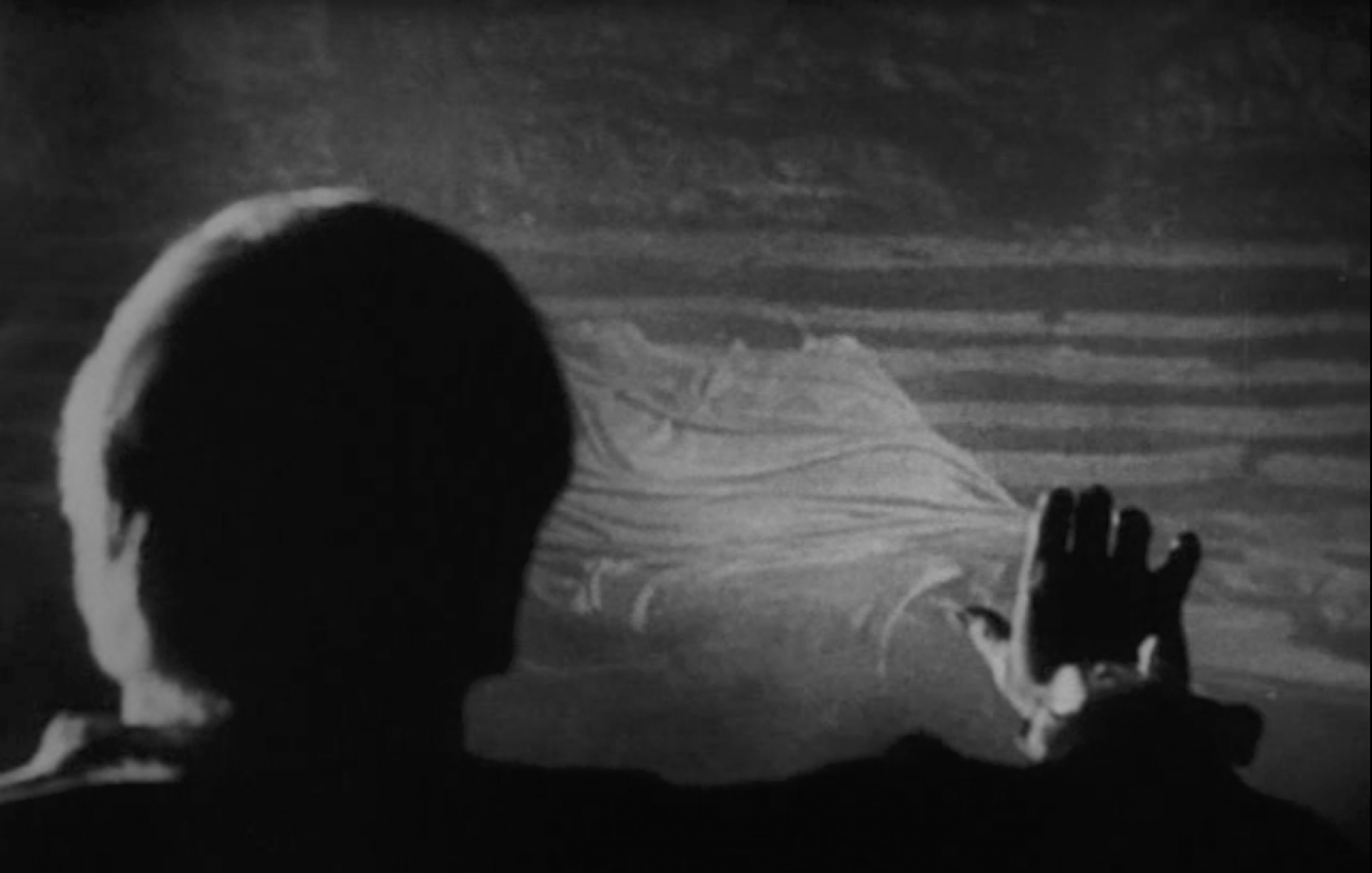Audiovisual essay for the NECSUS issue Autumn 2020_#Method.
When it comes to Disney music, and The Jungle Book (Wolfgang Reitherman, 1967) in particular, most people think of character-defining songs like ‘The Bare Necessities’. Beyond the melodic themes, however, the near-ubiquitous orchestral scores are seldom discussed. Yet this background music – often substituting for sound effects as well – is essential to the way we perceive traditional Disney animation. This disregard may be due to the fact that film analysis still tends to focus on exceptional artists or auteurs rather than craftsmen working within a firmly established system like Disney’s music department. George Bruns certainly belongs to the latter category. Working as a musical director, arranger, and multi-instrumentalist in broadcasting and jazz environments, he got involved with animation relatively late via Ward Kimball (one of Disney’s ‘Nine Old Men’). Before he came to the Disney studios in 1953 he scored a few shorts for UPA and studied ‘cartoon music’ for a year with Buddy Baker, who later joined Disney as well.
In this audiovisual essay I mainly focus on Bruns’ six feature scores, as opposed to the shorts and television shows he was working on at the same time. Initially, I wanted to treat all of the films equally, but then decided to have a more in-depth look at his most accomplished scores for One Hundred and One Dalmatians (Clyde Geronimi, Hamilton Luske & Wolfgang Reitherman, 1961) and The Jungle Book (1967), and then use Sleeping Beauty (Clyde Geronimi, Les Clark, Hamilton Luske & Wolfgang Reitherman, 1959), The Sword in the Stone (Wolfgang Reitherman, 1963), The Aristocrats (Wolfgang Reitherman, 1970), and Robin Hood (Wolfgang Reitherman, 1973) for comparison. I treat these films as one body of work rather than an artistic development (which would most likely be a misconstruction, anyway).
Since The Jungle Book was the very film that sparked my interest in both animation and music (and later made me aware of Americanisation, colonialism, and the marginalisation of women in films), I used it as a framing device. Along the way, I decided against the planned structure of three chapters based on functions of underscoring (mood, emotion, action) in favour of a more organic flow of several analytical threads, trusting the viewers with making the connections themselves.
By analysing George Bruns’ music one can learn as much about the nuts and bolts of Disney’s house style (rooted in classic cartoon music pioneered by Carl Stalling) as about Bruns’ personal variation of this idiom. I have found that his approach to underscoring is very transparent, even bare-bones at times, mostly composed of ascending and descending lines and short musical statements, one after another like beads on a string. Stylistically, I wanted the music track to work on its own, even if you listened to it without the commentary. And since underscoring is literally based on the relationship of image and music, the juxtaposition of images and music from different scenes/films are always labelled. Exploring the effects and functions of music from the perspective of a film scholar, I have also tried to avoid musical terminology as best I could. After all, there is no need to define a term like ‘passus duriusculus’ if ‘chromatic descent’ describes a specific example just as well.
What definitely remains to be investigated is the extent to which the orchestrators Franklyn Marks and Walter Sheets had any influence in the instrumentation and arrangement of Bruns’ scores. As far as I know, like in other Hollywood studios, the relationship between composer and orchestrator at Disney was different from person to person (ranging from preparing the sheet music to fleshing out musical sketches). But since Bruns was an experienced arranger himself and the tone colours are very consistent regardless of the orchestrator, I suppose that most of what we hear was devised by the composer himself. But ultimately, only a look at the original manuscripts at the Disney archives could shed some light on that aspect.
